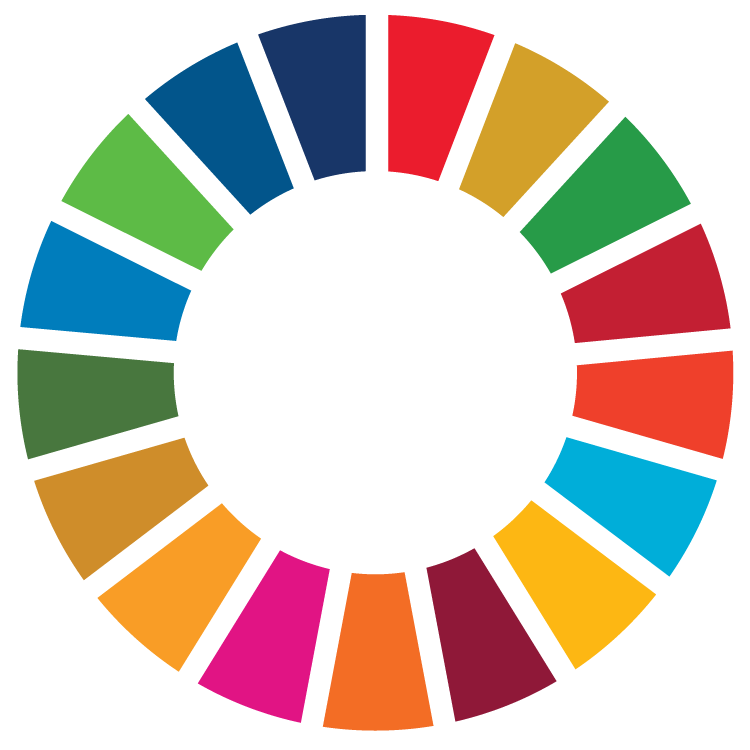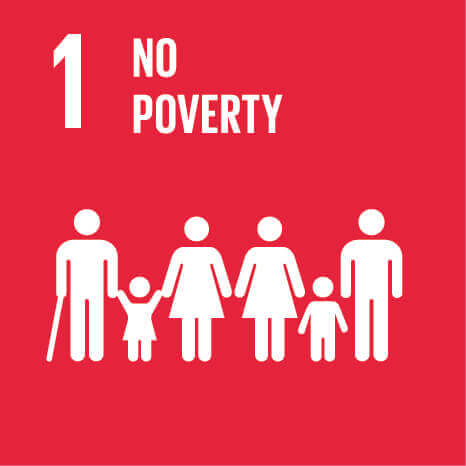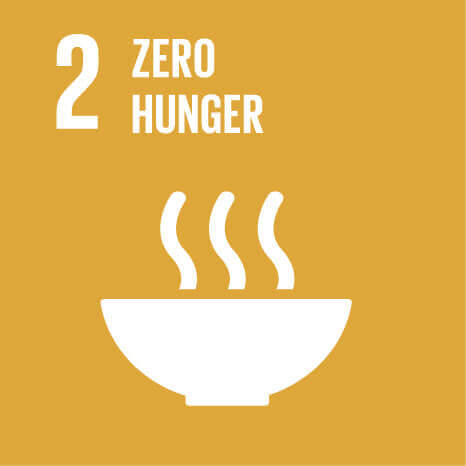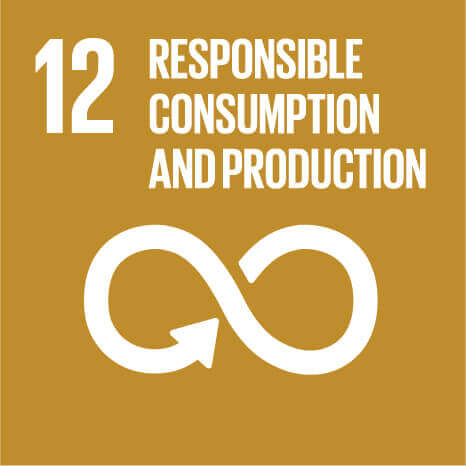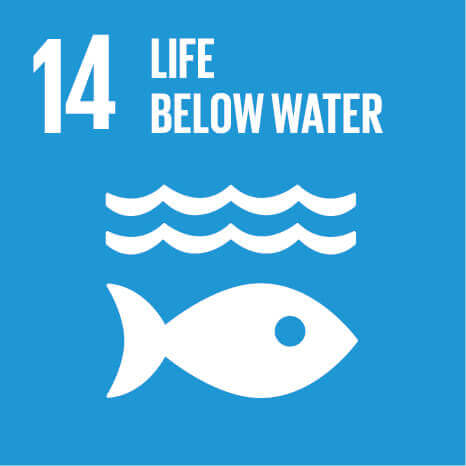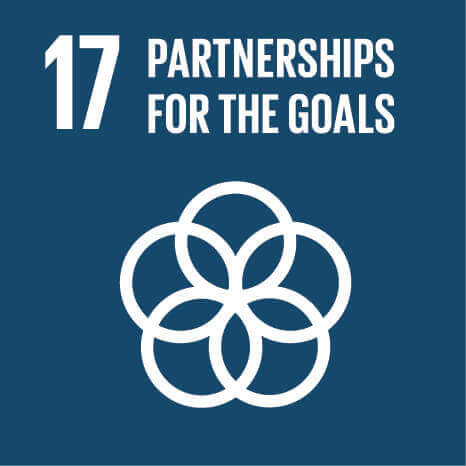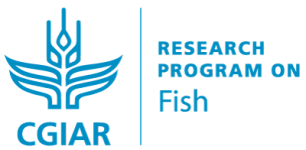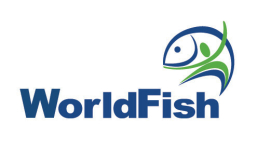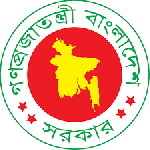Contributions to revision of Hilsa Fisheries Management Action Plan, for the Padma-Meghna River ecosystem, Bangladesh.
Published on: April 30, 2019, Submitted by Michael John Phillips on: April 28, 2019, Reporting year: 2018
During 2018, the USAID-funded ECOFISH-Bangladesh project contributed to the Government of Bangladesh's initiatives in policy development for the sustainable management of the national Hilsa fishery. The progress made in policy development during the year provides a strong foundation for sustainable management of the country's most valuable fishery, directly involving around 0.5 million fishers, and several multiples of that number involved throughout the Hilsa value chain.
Hilsa (Tenualosa ilisha) is Bangladesh's national fish - but populations have been in decline. Recent management and livelihood interventions promise hope that stocks and landings can improve.
The Enhanced Coastal Fisheries in Bangladesh (ECOFISH-Bangladesh) is a five-year initiative ending 30 September 2019. It is funded by the United States Agency for International Development (USAID) and implemented jointly by WorldFish and the Department of Fisheries (DoF), Government of the People's Republic of Bangladesh, within the framework of the CGIAR Research Program on Fish Agri-Food Systems (FISH). ECOFISH engages with coastal fishing communities and other fish value chain stakeholders to improve the resilience of the Meghna River ecosystem and communities reliant on coastal fisheries. The primary pathway is through the establishment of adaptive co-management in hilsa shad (Tenualosa ilisha) sanctuaries supported by research on the hilsa fishery with national partners, development of alternative income generating activities, biodiversity conservation and development of policies and incentives for fisheries conservation.
The ECOFISH project operations involves partnership at all levels from community to government policy makers to facilitate creation of evidence based policies, with an emphasis on putting co-management principles into policies and practices and co-creating synergistic and livelihood strategies fit for the local and national context. These policy contributions, informed by evidence and participatory processes associated with the ECOFISH project, set an important foundation for the future sustainable management of the hilsa fishery in Bangladesh, the most valuable fishery within the country.
Policy outcomes in 2018 include:
1) Invitation by government to update the Hilsa Fisheries Management Action Plan (HFMAP), through a ministerial instruction signed by Secretary, MoFL (Decision 4.6, 4th Steering Committee Meeting, Page 6, Annex 1) - the official request providing a key pathway through which ECOFISH research and evidence can be integrated within a revised HFMAP.
2) Setting hilsa production target and allowable mesh-size to catch hilsa, estimated as 526,000 tons/year subject to maintain the allowable size at first capture (25 cm TL), and then estimated the allowable mesh size of hilsa gillnets (6.5 cm and 7.0 cm for gillnets made of 3-filament twine and 2-filament twine, respectively). The findings have been published in the American Fisheries Society (attached) and presented in national workshops and policy meetings and will be incorporated inbto the revised HFMAP. Government has already taken the initiative to change the mesh-size related rules based on the research.
3) Setting the brood hilsa ban period: After 2 years research, three options were presented to government for setting the most appropriate 22- day brood hilsa ban period, based on moon phase and breeding cycles. In 2018, the brood ban period was set by government from 7 October to 28 October following the 2nd option of ECOFISH recommendations and has indicated that they will notify one of the three ECOFISH options each year depending on the moon phases.
4) ECOFISH research identified 3 races of hilsa and connected its return to natal rivers for spawning. Using genetic tools called SNP (single nucleotide polymorphism), the project identified three genetically distinct hilsa ecotypes or races (Padma, Meghna and Marine types), indicating that hilsa returns to its natal rivers for spawning. The finding has been submitted to a journal (under review) and is being included in the revised HFMAP.
5) The design and gazetting of the MPA (Marine Protected Area) declaration in the Nijhum Dwip seascape: ECOFISH in collaboration with International Union for Conservation of Nature & Wildlife Conservation Society conducted research that led to declaration of an area of 3,188 sq km in and around the Nijhum Dwip seascape. Annual Reports with relevant evidence can be accessed following the below links
2017 DoF AR, 2017-2018 MoFL AR (attached)
6) The Hilsa Conservation and Development Fund (HCDF) and its Operational Guidelines approved by Govt. Page 16 of the AR 2016-2017 of MoFL (attached) mentions that ECOFISH project has created the fund.
Stage of Maturity and Sphere of influence
-
Stage of Maturity: Stage 1
-
Contributions in sphere of influence:
1.3.2 - Increased livelihood opportunities
3.2.1 - More productive and equitable management of natural resources
Acknowledgement
This work was undertaken as part of the CGIAR Research Program on Fish Agri-Food Systems (FISH). The authors acknowledge the financial support provided by USAID through the Enhanced Coastal Fisheries in Bangladesh (ECOFISH) project, jointly led by the Department of Fisheries (DoF), Bangladesh and WorldFish. We also acknowledge all stakeholders engaged in the ECOFISH project and hilsa fishery for their cooperation.

